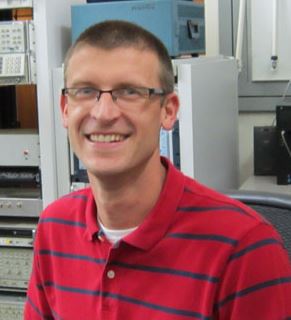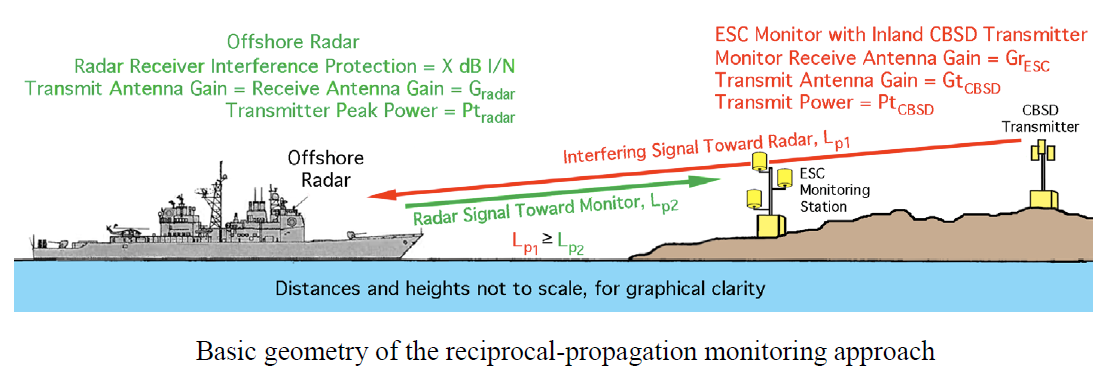Institute for Telecommunication Sciences
Visit ITS's Main Website.
The Institute for Telecommunication Sciences (ITS), located in Boulder, Colorado, is the research and engineering arm of NTIA. ITS provides core telecommunications research and engineering services to promote:
- Enhanced domestic competition and new technology deployment
- Advanced telecommunications and information services
- More efficient use of the radio frequency spectrum
ITS also serves as a principal Federal resource for investigating the telecommunications challenges of other Federal agencies, state and local governments, private corporations and associations, and international organizations. In particular, this includes assisting Federal public safety agencies, the FCC, and agencies that use Federal spectrum. Current areas of focus include:
- Research, development, testing, and evaluation to foster nationwide first-responder communications interoperability
- Test and Demonstration Networks to facilitate accelerated development of standards for emerging communications devices
- Analysis and resolution of interference issues
ITS Director: David Goldstein
David's email
Contact
Institute for Telecommunication Sciences
325 Broadway, MC ITS.D
Boulder, CO 80305–3337
(303) 497–3571
ITSInfo
Related content
Enabling Smart Cities with Infrastructure and Policy
The 2016 GCTC Expo, convened by NIST and US Ignite, will showcase GCTC Action Clusters and feature speakers and panelists on a wide range of smart city topics. Experts from the National Telecommunications and Information Administration and NTIA's Institute for Telecommunication Sciences will host a panel to discuss how they’re leading cutting-edge research on spectrum sharing and interference, helping communities expand their broadband infrastructure, and developing policies that foster innovation.
New Report Outlines Possible Roadmap to Further Sharing of the 3.5 GHz Band
As we work to meet the President’s goal of making 500 megahertz of additional spectrum available for commercial wireless broadband, it has become clear that spectrum sharing will need to be part of the solution to meeting spectrum demand. Accordingly, NTIA is examining ways to improve the technology that would enable greater spectrum sharing between federal and nonfederal users.
In a new report released today, engineers from NTIA’s Institute for Telecommunication Sciences (ITS) and Office of Spectrum Management (OSM) propose a simple and robust method to implement spectrum sharing between commercial communications systems and federal radar operations in the 3550-3650 MHz (3.5 GHz) band.
Spotlight on NTIA: Billy Kozma, computer engineer, Institute for Telecommunication Sciences
This post is part of our “Spotlight on NTIA” blog series, which is highlighting the work that NTIA employees are doing to advance NTIA’s mission of promoting broadband adoption, finding spectrum to meet the growing demand for wireless technologies, and ensuring the Internet remains an engine for innovation and economic growth.
 Billy Kozma has lived on both the East and West coasts but appears to have found a place that finally feels like a good fit in Boulder, Colo. Kozma, a computer engineer at the Institute for Telecommunication Sciences, joined NTIA’s research lab in Boulder two-and-a-half years ago after working for more than two years as a computer engineer for the Space and Naval Warfare Systems Center in Washington, D.C.
Billy Kozma has lived on both the East and West coasts but appears to have found a place that finally feels like a good fit in Boulder, Colo. Kozma, a computer engineer at the Institute for Telecommunication Sciences, joined NTIA’s research lab in Boulder two-and-a-half years ago after working for more than two years as a computer engineer for the Space and Naval Warfare Systems Center in Washington, D.C.
Kozma said he just couldn’t get used to living in the Washington, D.C., area and longed to move back West. Kozma lived in the Seattle area during a nearly two-year stint as a software engineer at Microsoft’s headquarters in Redmond, Wash. While he loved living in the Seattle area, Kozma and his wife wanted to be closer to their Pennsylvania-based families, which is how he landed in Washington, D.C. In Boulder, he appears to have found a happy medium between his desire to be in a less populated place close to nature while not being too far from family.

